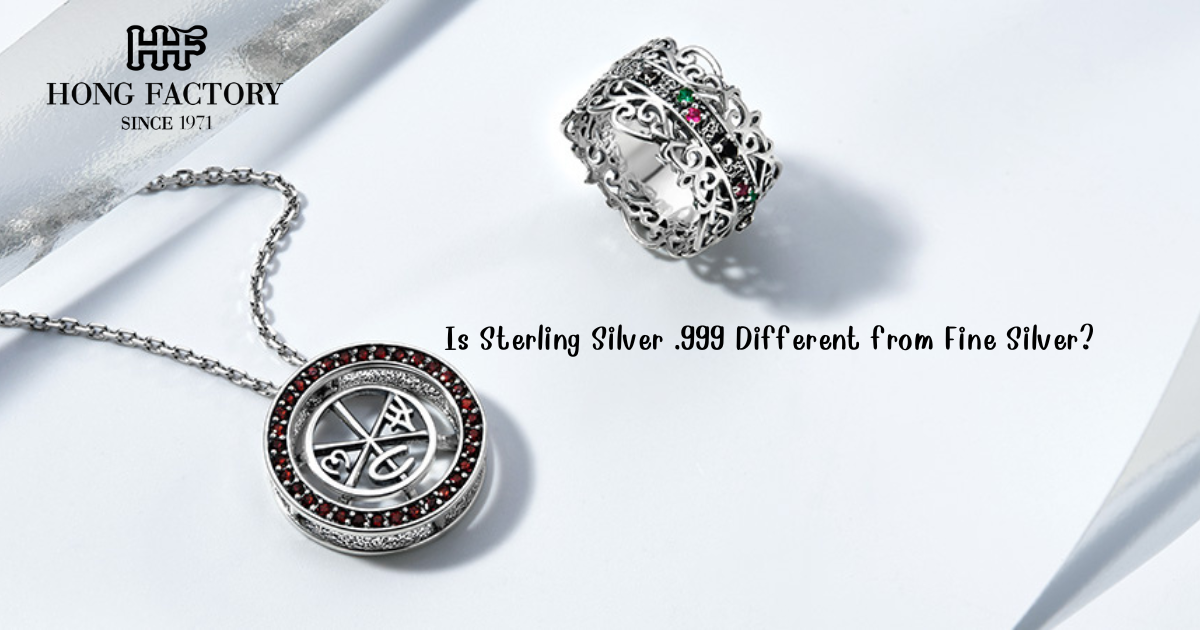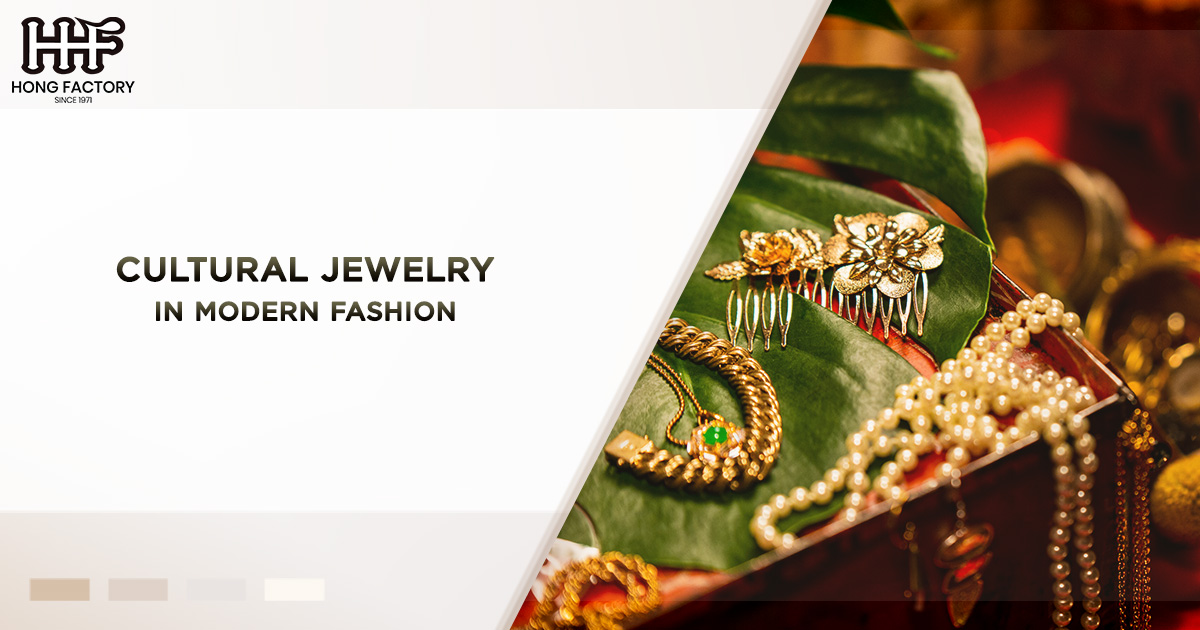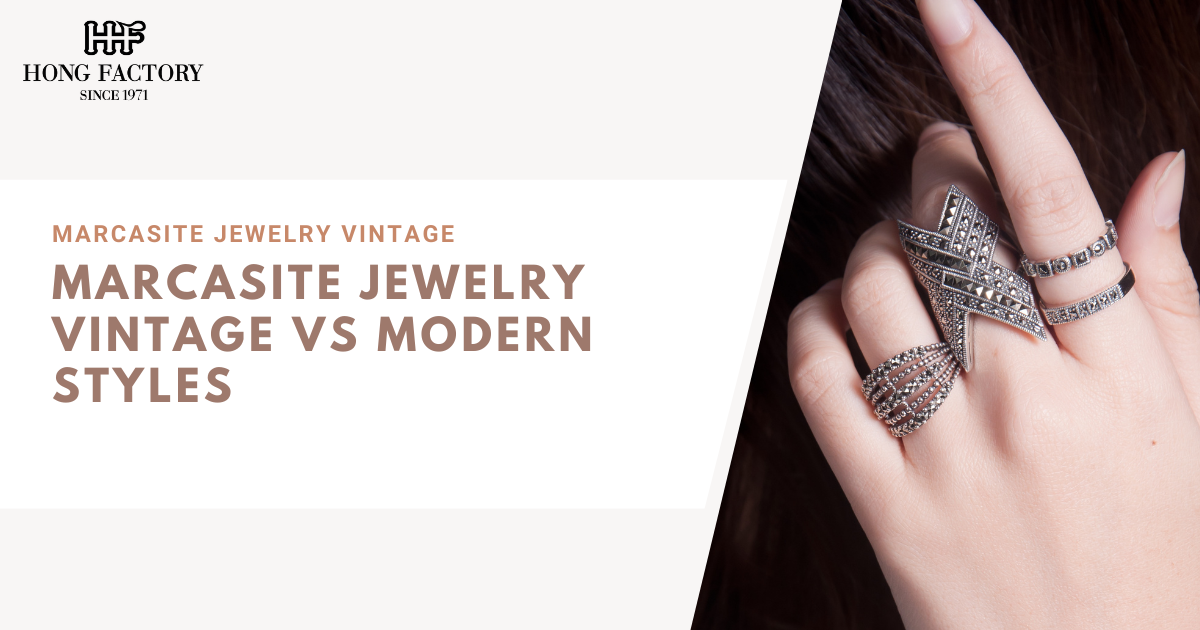When shopping for silver jewelry or investment pieces, you might encounter the terms sterling silver .999 and fine silver used interchangeably. While they sound similar, they’re not the same. The difference between these two types of silver lies in their purity, strength, and purpose. This article explains what “Is Sterling Silver .999” really means and how it compares to fine silver in terms of value and use. marcasite stone
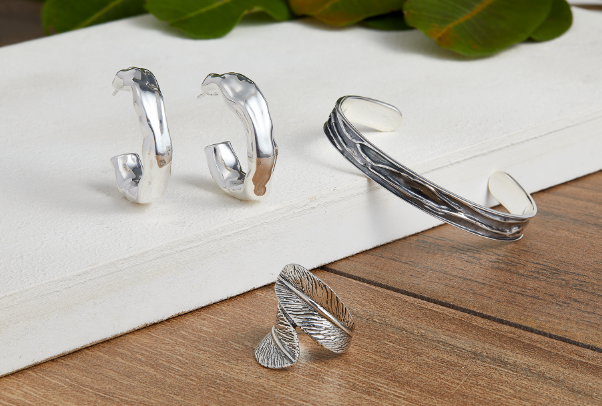
Understanding Silver Purity Grades
Silver purity is measured in parts per thousand, indicating how much pure silver is contained in the alloy. The higher the number, the purer the silver. The two most common purity levels are:
- .999 Fine Silver: Contains 99.9% pure silver and only 0.1% trace elements. This is considered pure silver and is typically used for bullion, bars, and collectible coins.
- .925 Sterling Silver: Contains 92.5% silver mixed with 7.5% copper or other metals. This combination increases strength, making it perfect for jewelry and everyday use.
Although both are real silver, their differences impact their practicality, pricing, and how they’re used in the jewelry and investment markets.
Is Sterling Silver .999 the Same as Fine Silver?
The answer is no they’re not the same. Sterling silver refers specifically to the .925 alloy, not .999. The label “.999” applies to fine silver, which is nearly pure and much softer. So, when people ask, “Is sterling silver .999?”, the correct explanation is that sterling silver is slightly less pure and therefore more durable than fine silver.
In simple terms, .999 is fine silver, while .925 is sterling silver.
Why .999 Fine Silver Is Softer
Because .999 silver is nearly pure, it lacks the additional metals that strengthen sterling silver. This high level of purity gives fine silver a radiant, bright-white shine, but it also makes it malleable. It can bend or scratch easily, which is why it’s less suitable for items that experience frequent handling, such as rings or bracelets.
Fine silver is most often used for:
- Investment bullion and coins.
- Limited-edition collectibles.
- High-end display pieces.
Its softness makes it easy to work with in sculptural or artisanal designs, but less ideal for wearable jewelry.
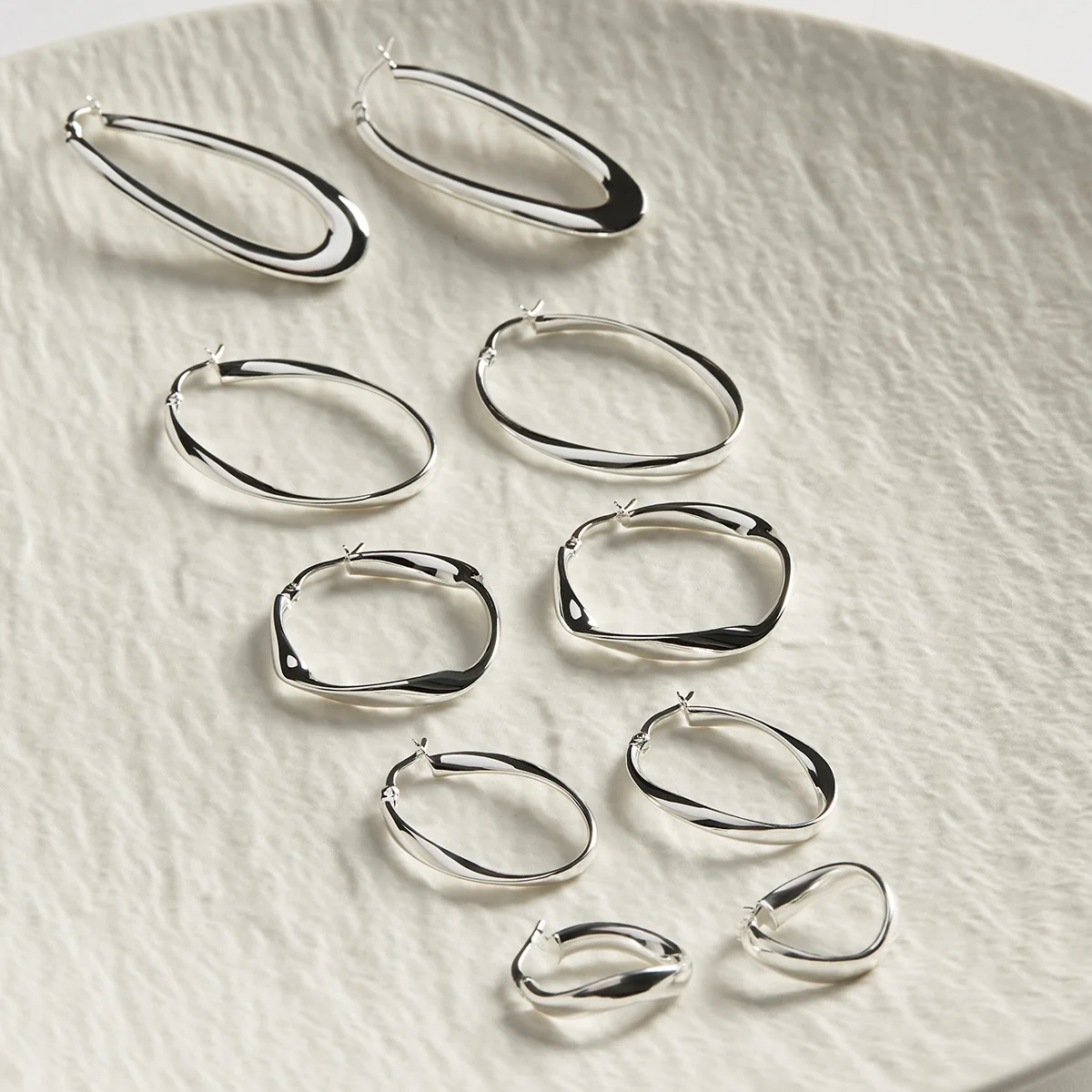
Why Sterling Silver (.925) Is More Practical
Sterling silver was developed as a more durable version of silver for practical use. The 7.5% copper (or other metal) in its alloy helps it retain shape and resist scratches. This makes it ideal for:
- Rings, necklaces, earrings, and bracelets.
- Cutlery, tableware, and decorative items.
- Jewelry that needs to hold gemstones securely.
Although sterling silver isn’t as pure, it offers an excellent balance between durability, shine, and affordability, making it the preferred choice for daily jewelry wear.
Key Differences Between .999 and .925 Silver
While both are beautiful and valuable, there are a few important distinctions:
- Purity: .999 is nearly pure silver, while .925 contains 7.5% strengthening metals.
- Durability: .999 is soft and easily bent; .925 is strong and long-lasting.
- Tarnish Resistance: .999 tarnishes less, while .925 may oxidize due to copper.
- Use: .999 is for investment and collectibles; .925 is for jewelry and everyday items.
- Value: .999 usually has a slightly higher raw metal value, but .925 may have more value in craftsmanship and design.
Tarnish and Maintenance
One of the advantages of .999 silver is that it resists tarnish better than .925. The absence of copper means it doesn’t react as easily with air or moisture. However, it still requires gentle care to maintain its shine.
For sterling silver, regular cleaning and polishing are necessary to remove tarnish and restore brilliance. Proper storage in anti-tarnish pouches or airtight containers can prevent oxidation.
In either case, good care ensures longevity and preserves the metal’s beauty.

Price and Value Considerations
From a material standpoint, .999 fine silver is more expensive because it contains more pure silver. However, jewelry made from .925 sterling silver may cost more overall when design, craftsmanship, and branding are factored in.
For example, an intricately crafted sterling silver necklace from a well-known brand may cost significantly more than a plain .999 fine silver bar of the same weight. This shows that artistry often adds more value than purity alone.
Investors usually prefer .999 fine silver for its intrinsic value, while jewelers and consumers favor .925 sterling silver for its practicality and beauty.
Which Should You Choose?
Your choice depends on how you plan to use the silver:
- Choose .999 fine silver if you’re collecting or investing in silver bullion or want highly pure metal pieces.
- Choose .925 sterling silver if you’re buying jewelry meant for daily wear or long-term use.
If your goal is beauty combined with durability, sterling silver is your best option. But if you value purity and metal content, fine silver is the way to go.
While both fine silver and sterling silver are valuable, they serve different purposes. .999 fine silver represents the highest purity, perfect for collectors and investors, while .925 sterling silver balances strength and elegance for everyday jewelry.
So, when you wonder, “Is Sterling Silver .999 different from fine silver?” the answer is yes. They may look similar, but their composition, durability, and practical uses make them distinct. Understanding these differences helps you make the right choice for your silver collection or jewelry purchase.
